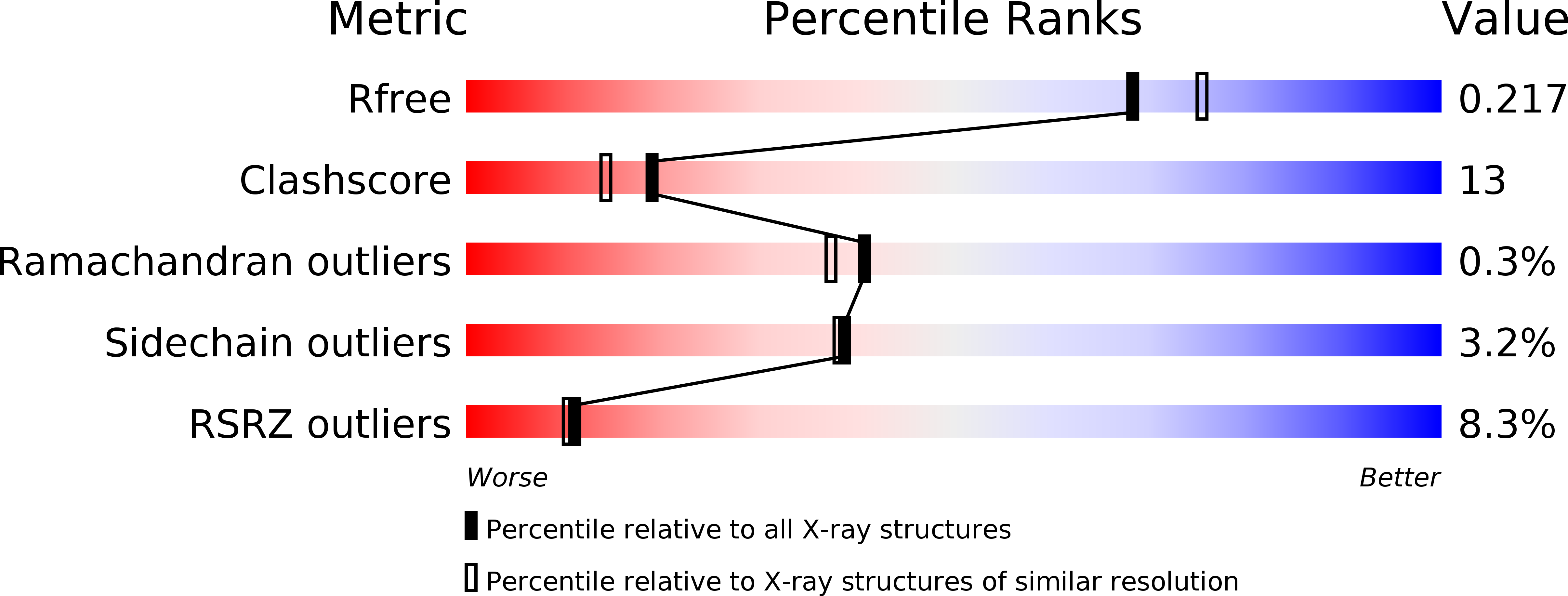
Deposition Date
2015-03-25
Release Date
2015-04-29
Last Version Date
2024-10-30
Entry Detail
PDB ID:
4YZH
Keywords:
Title:
Structure of the Arabidopsis TAP38/PPH1 in complex with pLhcb1 phosphopeptide substrate
Biological Source:
Source Organism:
Arabidopsis thaliana (Taxon ID: 3702)
Host Organism:
Method Details:
Experimental Method:
Resolution:
2.00 Å
R-Value Free:
0.21
R-Value Work:
0.19
R-Value Observed:
0.19
Space Group:
P 21 2 21


